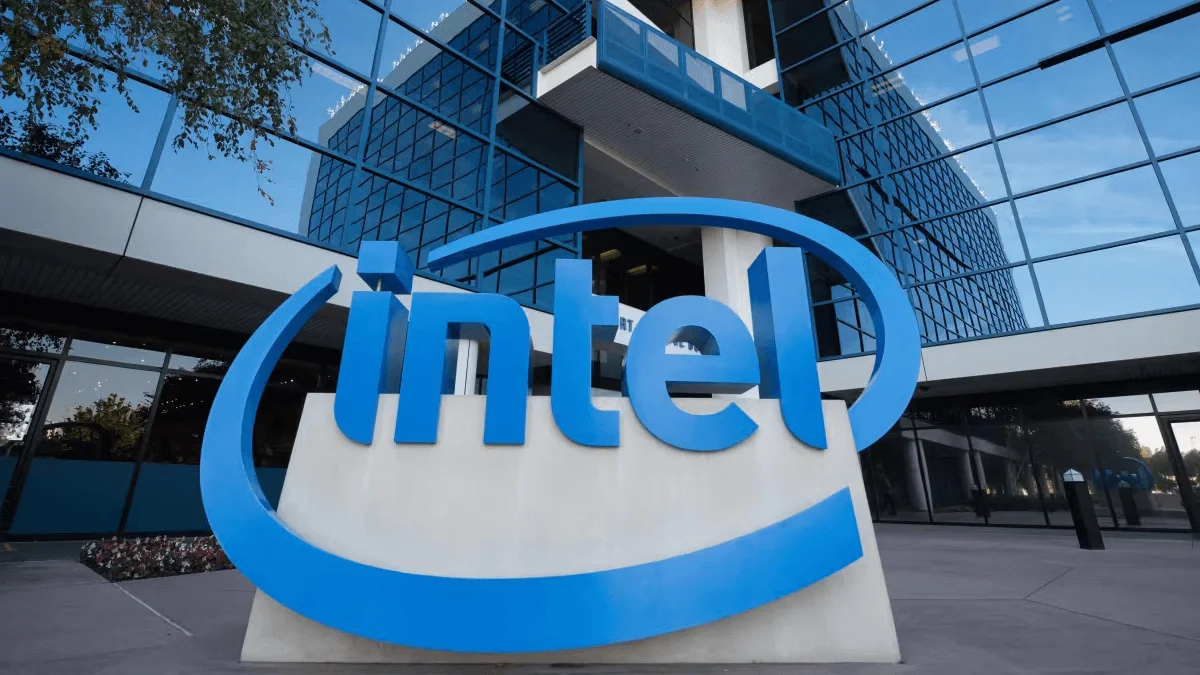Necessary Always Active
Necessary cookies are required to enable the basic features of this site, such as providing secure log-in or adjusting your consent preferences. These cookies do not store any personally identifiable data.
|
||||||
|
||||||
|
||||||
|

Intel stocks dipped by 6% on Friday April 25, Reuters reported. Intel stocks declined after the chip manufacturer’s profit forecast and weak revenue disappointed investors. Wall Street was looking for reassurance from the new CEO’s turnaround strategy following Intel leadership changes earlier this year.
Intel once dominated the chip industry and has been struggling to stay afloat following years of missteps. The company has been struggling to catch up in the AI industry while its biggest market, China, is caught up in a trade war with the US.
Despite CEO Lip-Bu Tan signaling a change in Intel’s culture and a renewed focus on important engineering, analysts and investors were left disappointed by the weak financial projections.
“The clearest sense from the CEO transition is that this is going to take time,” Morgan Stanley analysts said.
Intel forecasted revenues amounting between $11.2 billion and $12.4 billion for the upcoming June quarter. This slighted lower than the $12.82 billion average estimates based on LSEG data.
“Intel’s soft guidance reflects a world where industrial policy is replacing free trade, US export restrictions and China’s parallel silicon ambitions are squeezing Intel from both sides—on pricing, supply chain fluidity, and global total addressable market,” Chief Investment Officer at Running Point Capital Michael Ashley Schulman said.
During the call with investors, Tan hinted at sweeping Intel corporate restructuring targeting changes in the culture of innovation. These include a return to work mandate for employees four days a week, stripping out unnecessary internal administrative work in favor of engineering work, and fewer meetings.
Tan’s remarks helped Intel shares to cut losses in extended trading on April 25. The chip manufacturer’s stern financial outlook may have been another source of pessimism for investors who are waiting for Tan to turn the company around. Concerns over Trump tariffs caused customers to stockpile Intel chips. This helped to push sales in the first quarter, but it expects revenues to drop as a result.
“The very fluid trade policies in the U.S. and beyond, as well as regulatory risks, have increased the chance of an economic slowdown with the probability of a recession growing. This makes it more difficult to forecast how we will perform for the quarter and for the year,” Intel CFO David Zinsner said during the earnings call.
Besides streamlining the company, Tan said the company was lowering its adjusted operating expense targets to about $17 billion in 2025, down from the previous goal of $17.5 billion. Intel is targeting $16 billion in adjusted operating targets in the coming year.
Tan also reported that the chip manufacturer was examining its factory footprint after it postponed its $28 billion factory in Ohio to 2030.
“We will continue to take a closer look at our existing factory footprint to ensure that we are making the most efficient use of our in-store capacity before committing to any additional spending,” Tan said on Thursday.
Currently, the US President Donald Trump has exempted semiconductors from tariffs. But the tariffs have taken a hit at Intel following China’s retaliatory levies on US imports. According to a notice published by the China Semiconductor Industry Associations (CSIA) in April, chips made in the US will be slapped with 85% or more.
“There’s no such thing as ‘business as usual’ when your two biggest markets are weaponizing semiconductors,” Schulman added.
Intel stocks have gained 7.2% from the beginning of this year, surpassing AI chip leaders like AMD and Nvidia which have dropped by close to 20%. Nvidia and AMD have not reported their quarterly earnings.